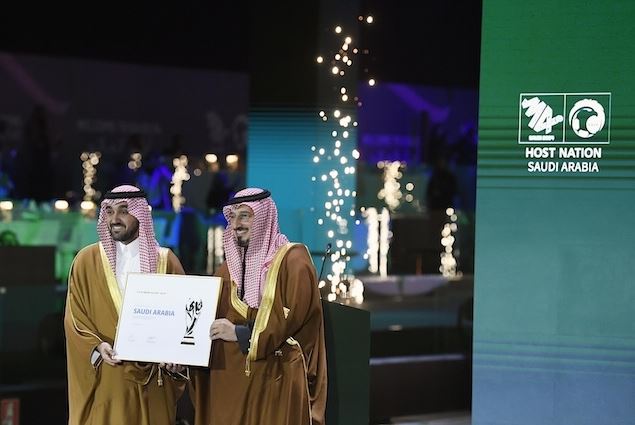
Pat Gelsinger’s Exit from Intel: A $25 Million Payday Amidst a Tumultuous Tenure
Intel’s leadership transition comes at a critical juncture, as the tech giant faces mounting challenges in an industry that has undergone seismic changes. Former CEO Pat Gelsinger’s departure marks the end of a chapter defined by ambition, struggle, and resilience. While his exit package exceeds $25 millionIntel’s greater concerns revolve around how it will navigate a competitive landscape dominated by AI and advanced semiconductor manufacturing.
A Leadership Transition Amid a Struggling Industry Giant
Pat Gelsinger’s resignation was announced on December 1, 2024, with Intel confirming his departure amid declining stock performance and increasing pressure to deliver results in a rapidly evolving semiconductor market. Gelsinger’s time at Intel was marked by high expectations and bold initiatives. However, his tenure ultimately fell short of restoring Intel’s dominance, as evidenced by the company’s stock, which has plunged over 60% since he took the helmet in 2021.
Intel’s decision to part ways with Gelsinger highlights the difficulties the company has faced in realizing itself in the wake of monumental industry shifts. While Gelsinger was once hailed as the leader who could reverse Intel’s fortunes, his legacy is a mixed bag of forward-thinking investments and unmet expectations.
Intel’s Ongoing Struggles
Intel, once synonymous with cutting-edge innovation, has experienced several setbacks in recent years:
- Losing the AI Race: Rivals like NVIDIA and AMD have surged ahead in the artificial intelligence (AI) and machine learning arenas. These competitors have successfully captured the market for GPUs and AI accelerators, essential components for modern AI-driven applications.
- Production delays: Persistent delays in manufacturing next-generation chips have tarnished Intel’s reputation. In the semiconductor world, time-to-market is critical, and Intel’s inability to deliver on schedule has resulted in lost opportunities.
- Rising Competition in Manufacturing: Competitors such as TSMC (Taiwan Semiconductor Manufacturing Company) and Samsung have established themselves as leaders in advanced chip manufacturing processes, leaving Intel struggling to keep up in this critical area.
- Revenue Declines: The company’s financial performance has been lackluster, with revenue dropping in multiple quarters, reflecting reduced demand for Intel’s legacy products and its slow pivot to growth markets.
Gelsinger’s Vision and Efforts
Pat Gelsinger returned to Intel in February 2021 with a clear mission: to restore the company’s leadership in the semiconductor industry. His strategy focused on three key areas:
- Domestic manufacturing
Gelsinger championed Intel’s efforts to revitalize US chip production. Leveraging government support through the CHIPS ActIntel invested billions in expanding its domestic manufacturing capabilities. These initiatives aimed to address global supply chain vulnerabilities while positioning Intel as a cornerstone of the US tech economy. - R&D investments
Gelsinger directed significant resources toward research and development, targeting breakthroughs in AI, cloud computing, and quantum computing. However, Intel’s investments have yet to yield the transformative results necessary to outpace its competitors. - Cost cutting measures
To address profitability concerns, Intel announced a bold plan to cut $10 billion in costswhich included the difficult decision to lay off 15% of its workforce in 2024. These moves reflected Gelsinger’s commitment to fiscal discipline but also underscored the company’s struggles to remain competitive.
The Golden Parachute: A Controversial Payday
Gelsinger’s exit package, valued at over $25 millionincludes:
- Base salary: $1.25 million annually for 18 months
- Performance Bonus: 1.5 times his 275% target bonus, totaling $3.4 million over 18 months
- Pro-Rated 2024 Bonus: 11/12ths of his annual target
- Intel Shares: Approximately 646,000 sharesvalued at $14.5 million based on recent prices
This generous severance package has drawn attention, particularly in light of Intel’s financial and operational struggles. Some critics argue that such payouts highlight the disparity between executive compensation and company performance, especially during a period of layoffs and cost-cutting measures.
Intel’s Legacy: Challenges and Opportunities
Intel remains a critical player in the global tech ecosystem, but the path forward is fraught with challenges. Key priorities for the company include:
- Reestablishing Leadership in AI
The AI revolution is reshaping industries worldwide, and Intel must find a way to compete with NVIDIA and AMD. Success will depend on Intel’s ability to develop competitive AI hardware and software solutions. - Enhancing Manufacturing Capabilities
To remain relevant, Intel must match or surpass TSMC and Samsung in advanced chip fabrication. This requires significant investments in cutting-edge processes, such as 3nm and 2nm manufacturing technologies. - Attracting top talent
Intel’s ability to innovate will depend on recruiting and retaining the best engineers and technologists in the industry. - Diversifying revenue streams
The company needs to expand its presence in high-growth markets, including cloud computing, autonomous vehicles, and IoT (Internet of Things) technologies.
Related: Intel CEO Pat Gelsinger Retires Amid Tumultuous Tenure as Stock Surges 5%
The Future of Leadership at Intel
Intel has yet to announce Gelsinger’s successor, leaving many to speculate about who will step into the role during this critical period. The next CEO will face enormous pressure to execute a turnaround strategy that addresses Intel’s operational inefficiencies and positions it as a leader in the next wave of technological innovation.
A Turning Point for an Industry Icon
As one of the original giants of Silicon Valley, Intel’s trajectory has far-reaching implications for the tech industry and the global economy. Gelsinger’s tenure may have fallen short of expectations, but it serves as a reminder of the challenges legacy companies face in adapting to new realities.
The stakes are high, and the world will be watching as Intel charts its course toward reclaiming its position as a leader in innovation.



